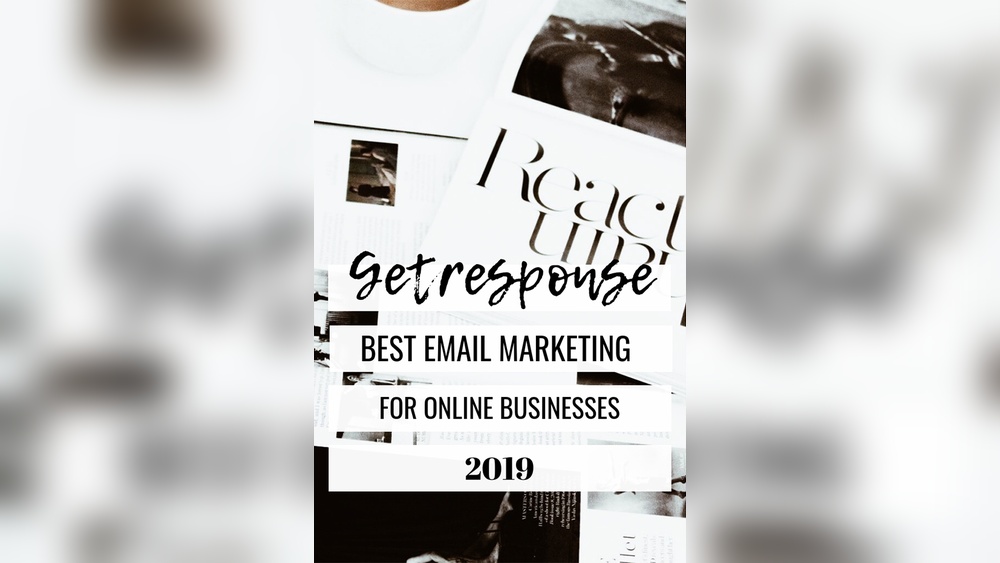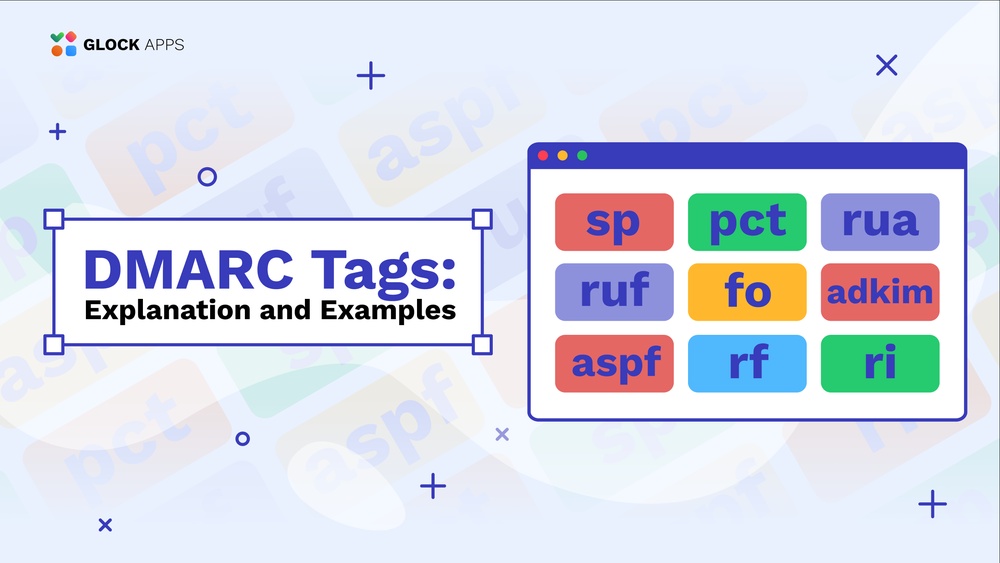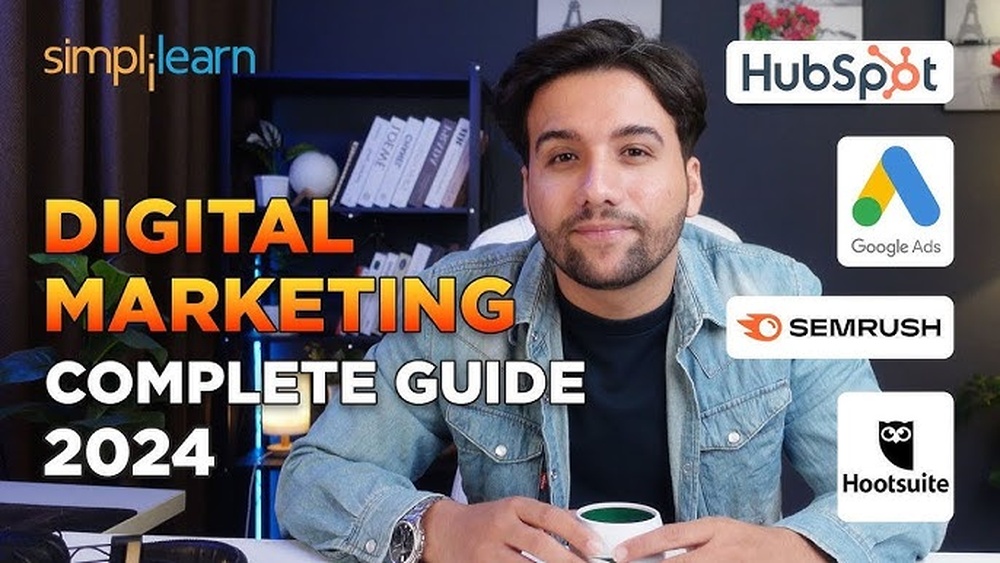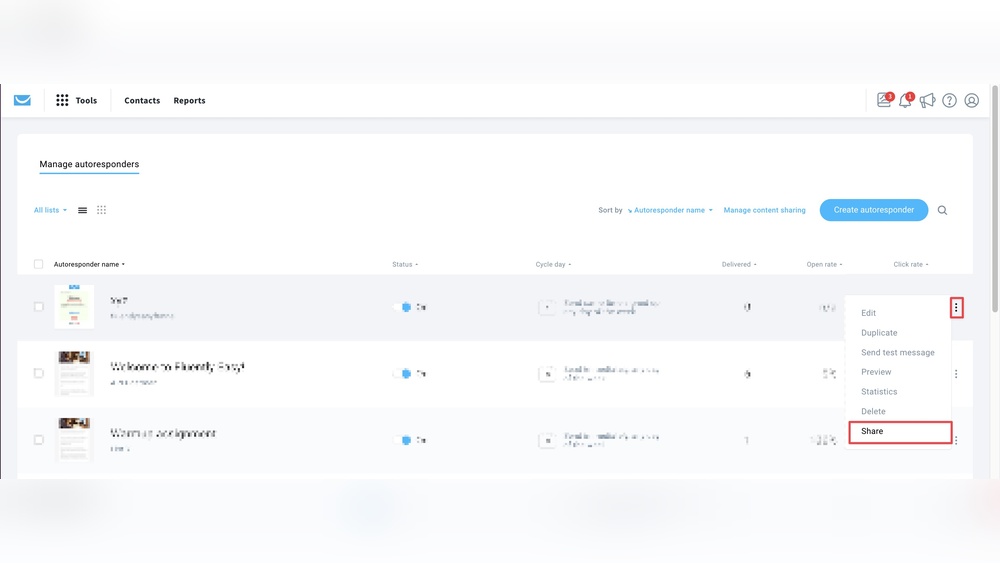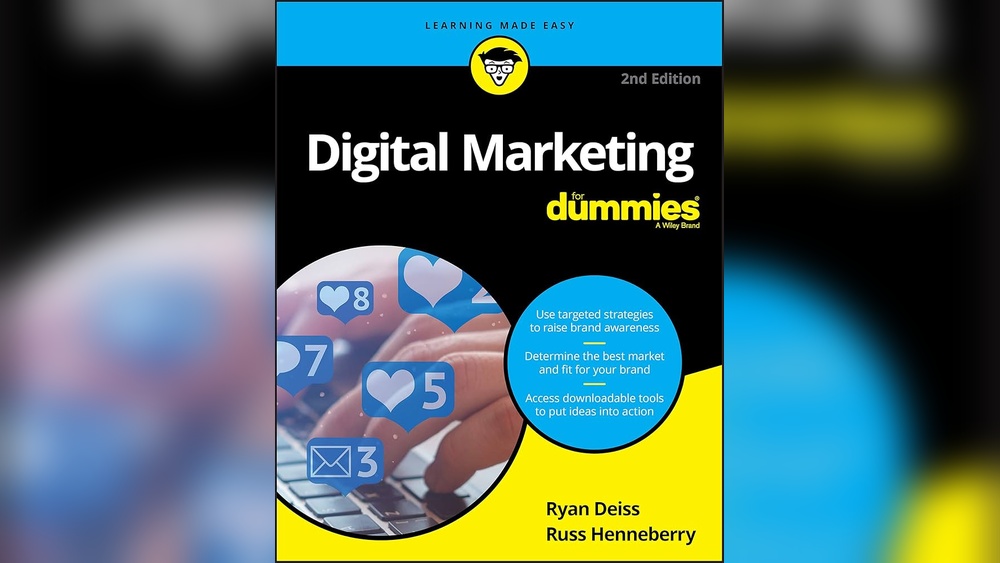Imagine having a direct line to your audience, a way to speak to them personally and make them feel valued. That’s exactly what email marketing offers.
It’s a powerful tool that allows you to connect with your customers directly. But here’s the catch: to truly harness its potential, you need to know how to build an effective email marketing campaign. Think of your inbox. How many emails do you delete without even opening them?
You don’t want your emails to end up there. Instead, you want them to be the ones people can’t wait to open. You want them to be irresistible. In this guide, you’ll learn how to craft emails that grab attention and hold it. You’ll discover how to create content that resonates with your audience and inspires them to take action. Whether you’re new to email marketing or looking to polish your skills, this step-by-step approach will equip you with the secrets to success. Let’s dive in and unlock the full potential of your email marketing campaign!
Crafting Your Strategy
Crafting your strategy is crucial for a successful email marketing campaign. It sets the foundation for your efforts. You need a clear plan to guide your actions. This strategy helps you connect with your audience. It also ensures your goals are met. Let’s explore how to create an effective strategy.
Defining Goals
First, decide what you want to achieve with your campaign. Do you aim to increase sales? Or build brand awareness? Your goals should be specific and measurable. Write them down. This clarity will guide your decisions. Ensure each goal aligns with your business objectives. Without clear goals, your strategy lacks direction.
Identifying Target Audience
Next, know who you want to reach. Define your target audience. Consider their age, location, and interests. Understanding their needs is essential. This knowledge helps tailor your messages. Use data to segment your audience. This way, your emails become more relevant. Relevant content increases engagement. Your audience feels valued and understood.
Designing Your Content
Creating an email marketing campaign is a strategic process. Designing your content is a key part of this process. Well-crafted content captures your audience’s attention. It also encourages them to engage with your message. Let’s explore some essential elements for designing effective email content.
Creating Compelling Subject Lines
A subject line is your first impression. It decides if your email gets opened. Keep it short and clear. Avoid using complex words. Personalize it to grab the reader’s interest. Use numbers or questions to spark curiosity. This helps increase your open rate.
Writing Engaging Copy
Your email copy should be easy to read. Use simple language and short sentences. Start with a friendly greeting. Make your message clear and concise. Address the reader directly. Use a conversational tone. Highlight benefits instead of features. This keeps your audience interested.
Incorporating Visual Elements
Visuals make your email more appealing. Use images that support your message. Ensure they are high-quality but not too large. Add alt text for better accessibility. Use bullet points for easy reading. Include a clear call-to-action button. This guides readers on what to do next.
Building Your Email List
Building your email list is essential for a successful marketing campaign. A robust list helps reach your audience effectively. It also allows personalized communication. But how do you begin creating this list? Here, we’ll explore effective strategies.
Utilizing Sign-up Forms
Sign-up forms are vital. Place them strategically on your website. Make them visible and easy to fill. Use clear language and direct calls-to-action. Offer incentives like newsletters or discounts. This encourages visitors to subscribe. Test different placements to see what works best.
Leveraging Social Media
Social media platforms are powerful tools. Share your sign-up links regularly. Create engaging posts that prompt action. Use visuals to capture attention. Encourage followers to join your email list. Run promotions exclusive to subscribers. This boosts your list’s growth.
Implementing Lead Magnets
Lead magnets attract subscribers. Offer valuable content like eBooks or guides. Ensure the content is relevant to your audience. Make the download process simple. Promote lead magnets on various channels. This strategy increases sign-ups quickly. Keep refreshing your lead magnets to maintain interest.
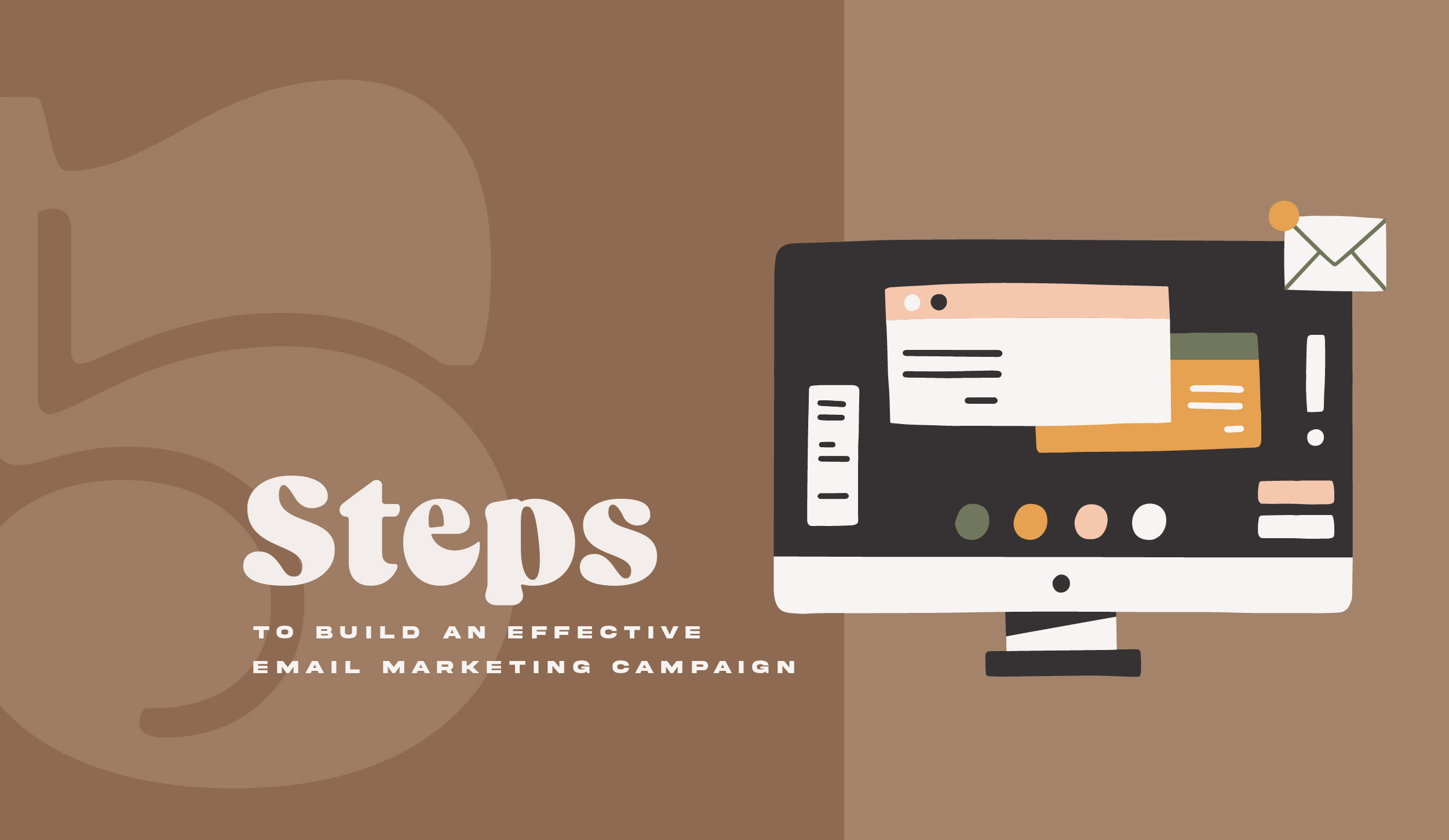
Credit: www.leadwithprimitive.com
Choosing The Right Tools
Choosing the right tools is key to a successful email marketing campaign. The right tools streamline your process. They help you reach your audience effectively. With many options available, picking the best tools can be overwhelming. Focus on what suits your business needs. Here, we break down two important aspects: email marketing software and automation options.
Email Marketing Software
Email marketing software is the backbone of your campaign. It manages your email lists and sends messages. Good software offers templates and analytics. Some popular options include Mailchimp, Constant Contact, and SendinBlue. These tools cater to businesses of all sizes. Choose software that fits your budget and goals. Ensure it integrates with your existing systems. This makes it easier to track and manage your campaigns.
Automation Options
Automation saves time and enhances your email strategy. It allows you to send emails based on user actions. This creates a personalized experience for your audience. Consider tools that offer drip campaigns and behavior-triggered emails. These features increase engagement and boost conversions. Look for automation options that are easy to set up. You do not need advanced technical skills to use them. Automation makes your campaign efficient and effective.
Segmenting Your Audience
Understanding your audience is key to a successful email marketing campaign. Divide your audience into groups based on interests or behaviors. This helps in sending targeted messages that engage and convert effectively.
Segmenting your audience is vital for successful email marketing. It helps you send the right message to the right people. This increases engagement and conversions. Understanding how to segment can boost your campaign’s effectiveness. Let’s explore how to do this efficiently.Understanding Customer Data
Gathering customer data is the first step in audience segmentation. This data can include demographics, purchase history, and online behavior. Analyze this information to identify patterns and preferences. Look at age, location, and buying habits. These details help you create targeted campaigns. Use tools and software to manage and interpret data.Creating Segmented Lists
Once you understand your customer data, start creating segmented lists. Group customers based on their interests and behaviors. Consider factors like past purchases and engagement levels. This approach makes your emails more relevant. Tailor your content to each segment’s needs and interests. Use personalized subject lines and offers. Test different segments to see which works best. Keep refining your lists as new data comes in. This ensures your messages remain effective and engaging.Personalizing Your Emails
Email marketing is more than just sending messages to your subscribers. It’s about creating a connection and making them feel valued. Personalizing your emails is a powerful way to achieve this. When your audience feels that you understand them, they are more likely to engage with your content. Let’s dive into how you can make your emails more personalized and meaningful.
Using Dynamic Content
Dynamic content allows you to tailor messages based on your subscribers’ preferences and behaviors. Imagine receiving an email where the images and text align with your recent browsing history. How much more engaging would that be?
Use dynamic content to display different product recommendations, articles, or offers based on the recipient’s past interactions. This ensures your emails are relevant to each subscriber, increasing the chances of conversion.
Consider a table that showcases the types of dynamic content you can use:
| Type of Dynamic Content | Example |
|---|---|
| Product Recommendations | Suggest items based on previous purchases |
| Location-Based Offers | Promote events happening nearby |
| Browsing History | Highlight similar articles or products |
Addressing Individual Needs
Take personalization a step further by addressing individual needs. This involves understanding what each subscriber is looking for and crafting messages that speak directly to those needs.
Segment your email list based on criteria such as age, interests, or purchase history. You can then tailor your content to match each segment’s unique requirements. Imagine how much more impactful your message will be if it speaks directly to someone’s current challenges or goals.
Reflect on a time when you received a promotional email that felt like it was meant just for you. It probably caught your attention and made you consider the offer seriously. Aim to create that same experience for your subscribers.
Ask yourself: Are you providing real value in your emails? Are you making each subscriber feel special and understood? By focusing on personalization, you’ll enhance your email marketing strategy and foster stronger relationships with your audience.
Scheduling And Sending
Crafting an email marketing campaign involves careful scheduling and sending. Plan the best times to reach your audience. Ensure emails are timely and relevant for maximum engagement.
Scheduling and sending your email marketing campaign is like setting the stage for a concert. You want everything to be perfect because timing is everything. You wouldn’t want your audience to miss out on your message simply because it landed in their inbox at the wrong moment. Instead, you want them eagerly anticipating your emails, not dreading them. So, how do you ensure your emails hit the right chord every time? Let’s dive into the specifics.Timing Your Campaign
Timing can make or break your email campaign’s success. Think about when your audience is most active. Are they early risers checking emails with their morning coffee, or do they tend to browse after dinner?Experiment by sending emails at different times to see what yields the highest open rates. Analyze the data and adjust accordingly. You might find that Tuesdays at 10 AM work better than Fridays at 5 PM.Remember, your audience’s habits might differ from others. What works for one group might not work for another. Be willing to test and learn.Frequency Considerations
How often you send emails can affect your campaign’s effectiveness. Too frequent, and your subscribers might feel overwhelmed. Too sparse, and they might forget you exist.Consider asking your subscribers how often they want to hear from you. This can be a simple preference form during sign-up. Tailor your frequency to their needs and watch engagement soar.Reflect on your own experience. Have you ever unsubscribed from a brand because they sent too many emails? Use this insight to strike a balance between staying relevant and respecting your audience’s inbox space.As you plan your email marketing strategy, remember that scheduling and sending aren’t just about logistics. They’re about building a relationship with your audience. How will you make sure your emails are a welcome sight in their inbox, rather than an unwelcome intrusion?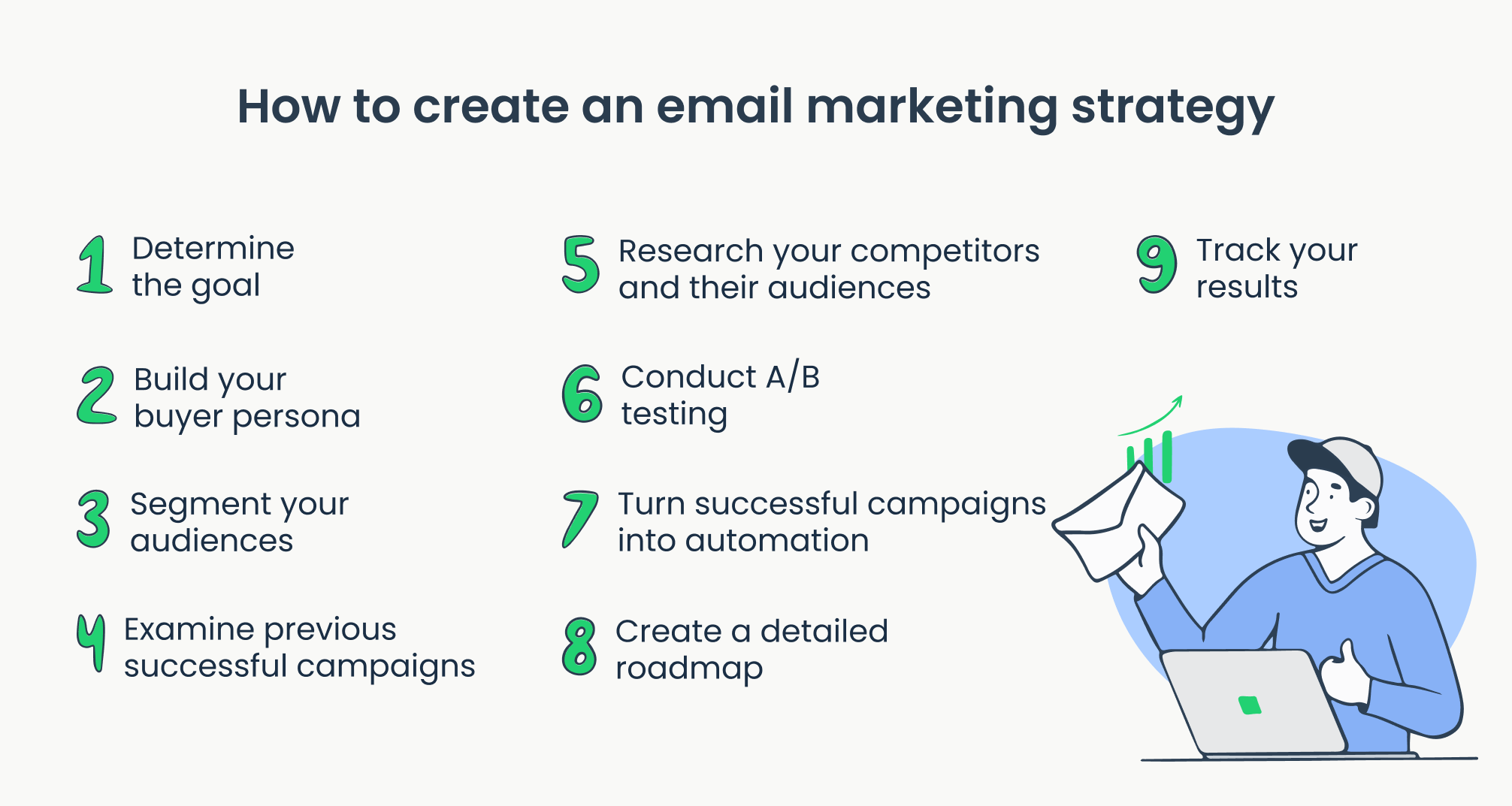
Credit: mailtrap.io
Analyzing Performance
Analyzing the performance of your email marketing campaign is crucial. It helps you understand what works and what doesn’t. This process involves looking at data and making informed decisions. You can optimize future campaigns with these insights.
To effectively analyze your campaign, focus on tracking key metrics. Then, interpret these results to make strategic changes.
Tracking Key Metrics
Key metrics offer valuable insights into your campaign’s success. Open rates show how many people open your emails. Click-through rates indicate the number of clicks on links within the email.
Conversion rates reveal how many recipients took the desired action. Bounce rates tell you how many emails were undeliverable. Subscriber growth rates show how your list is expanding over time.
By monitoring these metrics, you can gauge your email marketing effectiveness. Use these insights to refine your strategy.
Interpreting Results
Interpreting results is about understanding what the data means. A high open rate suggests your subject lines are engaging. Low click-through rates might mean your content needs improvement.
If conversion rates are low, consider revising your call-to-action. High bounce rates could indicate issues with your email list. Use these insights to make necessary adjustments.
Regularly analyze and interpret your email performance. This will help improve your future campaigns.
Refining Your Approach
Enhancing your strategy for building an email marketing campaign involves setting clear goals and knowing your audience. Craft compelling subject lines to capture interest quickly. Personalize content to boost engagement and ensure your message is relevant.
Building an email marketing campaign requires constant refinement. It is not a one-time task. Regular adjustments help improve engagement and results. Refining your approach means evaluating what works and what doesn’t. This process ensures your emails remain effective.A/b Testing Strategies
A/B testing is crucial for refining email campaigns. It involves comparing two versions of an email. This test determines which performs better. Change only one element at a time. It could be the subject line, call-to-action, or email design. Keep track of results and make data-driven decisions. This method helps you understand audience preferences.Feedback And Improvements
Gather feedback from your audience. It provides insights into their needs and expectations. Use surveys or direct responses to collect opinions. Analyze this feedback to find areas for improvement. Adjust your content and strategy based on these insights. This ensures your emails stay relevant and valuable to subscribers.
Credit: sproutsocial.com
Frequently Asked Questions
How To Create An Email Marketing Campaign?
Start by defining your goals and target audience. Choose an email marketing platform. Create engaging content with a strong subject line. Design a mobile-friendly template. Segment your audience for personalization. Schedule your campaign and test before sending. Analyze results to improve future campaigns.
What Are The 5 T’s Of Email Marketing?
The 5 T’s of email marketing are Targeting, Timing, Testing, Tracking, and Trust. Target your audience effectively. Choose the right timing for emails. Conduct A/B testing for optimization. Track performance metrics. Build trust with quality content and transparency.
What Is The 80/20 Rule In Email Marketing?
The 80/20 rule in email marketing means 80% of content should be valuable and educational, while 20% is promotional. This balance helps engage subscribers and increase open rates by providing useful information that maintains their interest and trust in your brand.
Conclusion
Creating an email marketing campaign can boost your business. Start by understanding your audience. Craft engaging, clear, and concise messages. Use eye-catching subject lines to grab attention. Test different strategies to find what works best. Analyze your results regularly to improve performance.
Keep your emails consistent and on brand. Remember, patience and persistence are key. With practice, your campaign will reach more people. And drive better results. Don’t forget to stay updated on trends. This helps keep your campaign relevant. Happy emailing!

